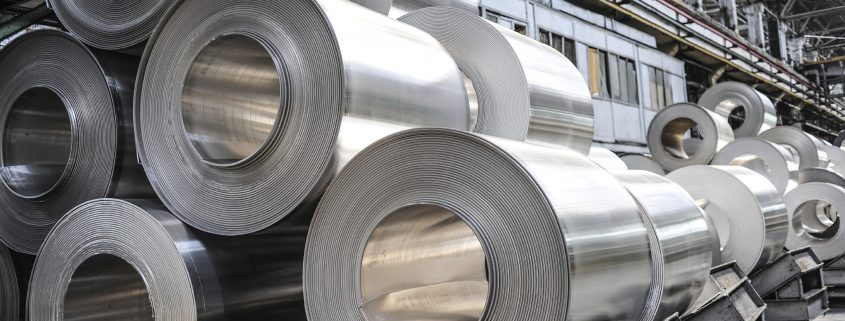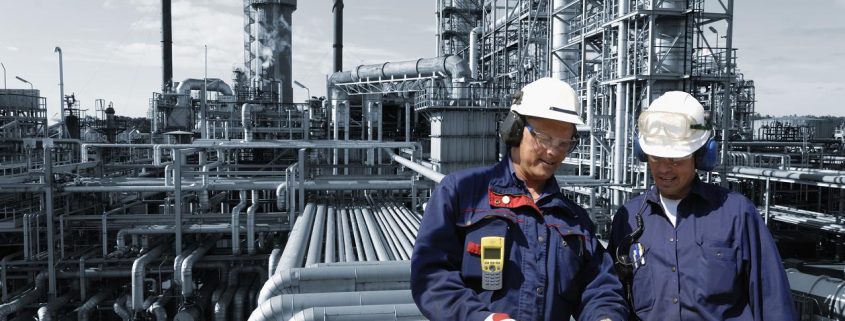Oil prices lower every day; OPEC’s effective and efficient decisions needed
Today, it was a day of 5-month lows in Oil prices. This happened because of bothers on OPEC glut, and whether it would be extended. Nevertheless promises from Saudi Arabia about Russia’s preparation to join OPEC’s future cuts.
Low Prices of Oil
U.S. West Texas Intermediate crude oil futures were more than 3 percent down in early trading. They came to a price of less than $44 a barrel. Which makes it the lowest since Nov 14. Yesterday, oil was down for 4 percent.
Brent Crude also went down for 3%. It went to a price less than $47. The lowest since november the 30th. The 30th of November was the date when OPEC activated a price rally. The day they announced that the output cuts are to start in the first half of 2017.
Trade losses
Both landmarks sleeked losses to trade near Thursday’s close by 1320 GMT. “OPEC and non-OPEC nations were really near to agreeing a deal on supply cuts.” said Adeeb Al-Aama, Saudi’s OPEC Governor.
- “Based on today’s data, there’s a growing conviction that a six-month extension may be needed to rebalance the market, but the length of the extension is not firm yet.”
Deeper cut is not so likely. Speculations say that OPEC indeed will extend the cuts on May 25th. But the question is what is initially good about this. The 1017 has and will have 1.8 million bpd. That is the agreement which OPEC countries made in the beginning.

Hedge funds had speeded up decrease of their long positions. Thursday was a day when Brent crude trading volumes came to a record high. Counting about 542,000 contracts.
Pierre Andurand is the official in one of the worlds largest funds specialising in oil. He busted up his fund’s last long positions in oil last week. He is now running a very reduced risk at the moment.
“It is now-or-never for oil bulls,” said U.S. commodity analysis firm The Schork Report. They either put up a defense here or risk further emboldening the bears for a run at the $40 threshold (for WTI).” (Reuters)
Brend And WTI Futures
Both Brent and WTI futures are down about 17 percent so far this year despite OPEC efforts to support prices. The benchmarks are trading around levels last seen before the joint deal to cut output was first announced.
“So far OPEC’s strategy to draw down inventories has not worked.” (Neil Beveridge)
” If their strategy is to have any chance of success.. It is evident to us that OPEC will need to keep the output cuts active way more than the next six months. ”
Adding to cares about protruding inventories, traders pointed to exalted U.S. oil output. It is up more than 10 percent since mid-2016 to 9.3 million bpd. Which makes it almost matching output of top producers Russia and Saudi Arabia.
“Any likelihood of an increase in the level of cuts remains slim with OPEC officials playing down this possibility.” said James Woods, global investment analyst at Rivkin Securities. (Reuters)






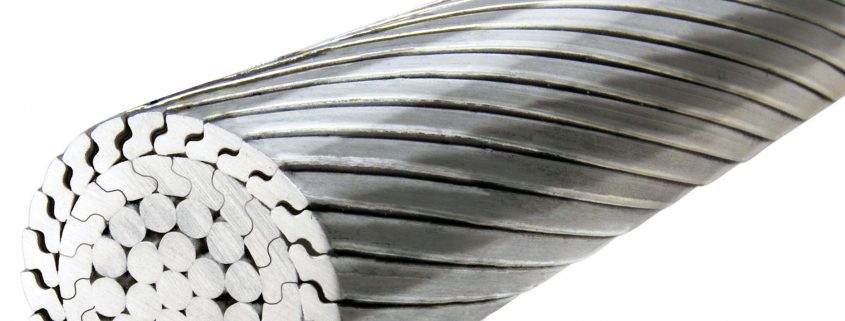



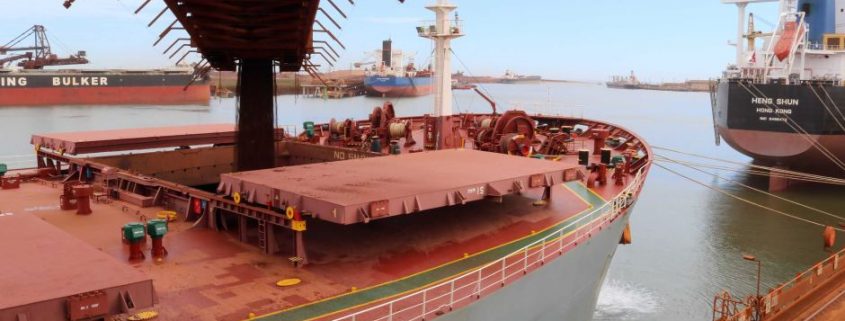


 The sharp decline is partly due to the strong rally over the past 13 months, which saw prices almost triple. Sending iron ore to levels that appeared well overbought. Given the market remains well supplied and will have to absorb more than 100 million tonnes of new low-cost production from Australia and Brazil this and next year.
The sharp decline is partly due to the strong rally over the past 13 months, which saw prices almost triple. Sending iron ore to levels that appeared well overbought. Given the market remains well supplied and will have to absorb more than 100 million tonnes of new low-cost production from Australia and Brazil this and next year.


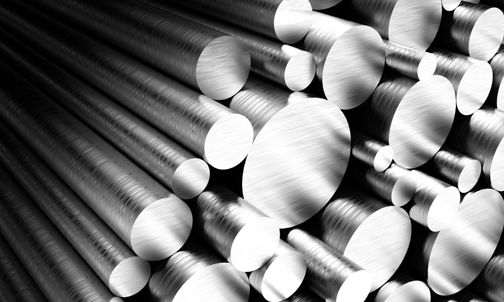
 China says it supports the work of the WTO.
China says it supports the work of the WTO.
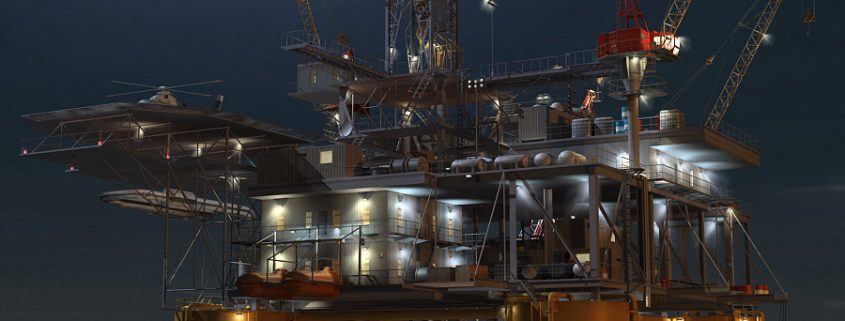




 After suffering a mild downturn in April, copper is facing more headwinds going into May, according to INTL FCStone.
After suffering a mild downturn in April, copper is facing more headwinds going into May, according to INTL FCStone. US total vehicles sales data showed sales were running at an annualised rate of 16.9 million units (mu) in April, which was below an expected 17.1 mu, but above March’s 16.6 mu.
US total vehicles sales data showed sales were running at an annualised rate of 16.9 million units (mu) in April, which was below an expected 17.1 mu, but above March’s 16.6 mu.